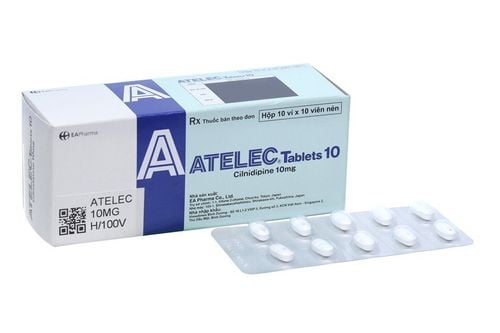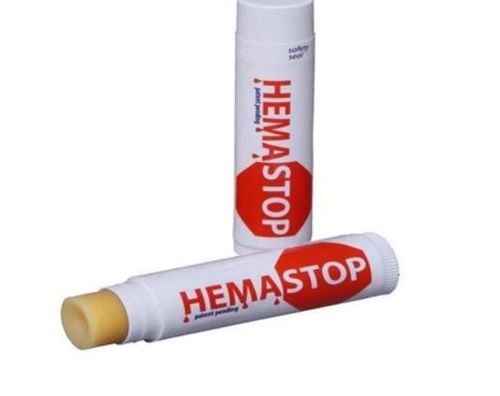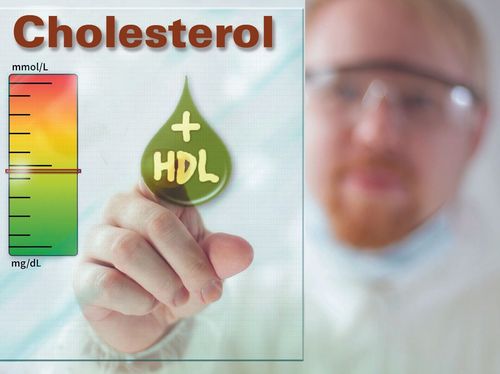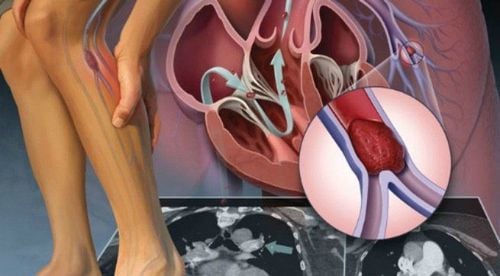This is an automatically translated article.
The article was professionally consulted with Doctor Tran Quoc Tuan - Emergency Medicine Doctor - Emergency Resuscitation Department - Vinmec Phu Quoc International General Hospital.Depending on the condition of the patient and the degree of blood loss, the doctor will assign a transfusion of coagulation or blood products to perform appropriate emergency to help the patient get out of the critical situation and save his life. narrowly.
1. What is freezer transmission?
A coagulation transfusion, also known as a blood transfusion, is an act of receiving blood or blood products such as erythrocytes, platelets, and plasma from a donor. Accordingly, this amount of frozen is stored in a plastic bag and transmitted through a line with a needle attached to the vein of the recipient's arm.Precipitation transmission does not cause pain to the recipient but may cause some pain to the donor. Each unit of blood transfused to the recipient can last from 2 to 4 hours.
Transfusion of blood and blood products for therapeutic purposes. Therefore, blood and blood products must be administered to the right patient at the right time and in the right transfusion.
If freezing is not necessary and there is an alternative, this is contraindicated.
Accordingly, the transfusion of coagulation has the effect of providing tangible components such as red blood cells, platelets, and possibly white blood cells to patients with agranulocytosis. It also provides coagulation factors and blood proteins that create colloidal pressure.
2. Is freezer transfer safe?
Freeze-transfusion is quite safe because it is a closed process with many stages from finding a donor, then the donor will be clinically examined to ensure no infectious diseases or diseases. blood . When performing the examination and testing, the blood donor will be assigned the appropriate amount of blood to be transfused, the medical staff will collect and manufacture blood products, store, preserve and distribute the blood.... together with the indication for blood transfusion and the practice of blood transfusion for the recipient.However, blood transfusion can also pose some risks of blood-borne diseases or some complications such as: Due to immune disagreements, overload, contaminated blood and the formation of mediators. when storing blood. In particular, it can cause the body to become overloaded with iron, causing potential immune reactions.
Currently, the implementation of freezing infusion is done in many medical facilities, hospitals and is widely applied in the treatment of internal medicine, surgery, obstetrics, paediatrics and many other specialties. The goal is to restore blood volume and blood deficiency, or help patients resuscitate when receiving chemotherapy drugs that affect the bone marrow. Especially, in the process of giving birth and labor, pregnant women are at risk of losing a lot of blood, bleeding if not timely blood transfusion can cause rapid death.
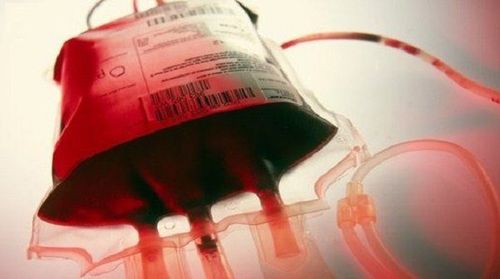
Quy trình truyền tủa đông khép kín và an toàn
3. In what situations is the freezer transfer indicated?
Blood and blood products from a blood donor will be used to replace the lost blood in the recipient and correct abnormalities in the blood that cannot be replaced by any other solution. Accordingly, the following patients will be prescribed blood transfusion by doctors:Severe blood loss due to surgery, accident, injury Have anemia, bleeding, blood clotting disorder Support treatment treatment of some diseases and blood disorders. Before the procedure, the doctor will explain to the patient the principles and reasons for blood transfusion. But in emergency cases, patients need to obey and not refuse to ensure life safety. Specifically, the transfusion of blood and blood products is specified as follows:
3.1. Whole Blood
Indicated for transfusion for subjects who have lost a lot of blood (loss of ≥1/3 of body blood). However, it should not be given to patients with kidney failure, heart failure, or anemia alone.3.2. Red blood cells
Red blood cells are whole blood that has been centrifuged and plasma fractions separated. Depending on the production method, there are different types of red blood cells.Concentrated red blood cells: Indicated for transfusion in cases of anemia. Red blood cell block with preservative solution: Indicated in cases of anemia due to heart failure, kidney failure... Red blood cell block with poor white blood cells: Indicated in case of anemia alone. Washed red blood cells: Indicated for infusion in patients with autoimmune hemolytic anemia. White blood cell filtration and irradiated red blood cells: Indicated for anemia patients with severe immunosuppression, organ transplant patients and patients preparing for transplantation.
3.3. Platelets
There are 2 types of platelets indicated for transfusion in each case as follows:Platelets separated from whole blood: Indicated for transfusion in the disease causing thrombocytopenia, especially thrombocytopenia after treatment for malignancy. Platelet extract (apheresis): Indicated for infusion in patients with severe thrombocytopenia; hemorrhagic fever, thrombocytopenia, thrombocytopenia after chemotherapy or in myelosuppression diseases, myeloproliferative disorders.
3.4 Frozen plasma
The part of plasma that is separated from whole blood within 6 hours from the time of blood collection is called fresh plasma, if refrigerated, it is called frozen plasma.Accordingly, frozen plasma is indicated in cases of plasma replacement, coagulation disorders, hemophilia A & B, overdose of vitamin K antagonists, compensating plasma components and volumes, shock due to burns or loss of blood due to trauma or surgery.
3.5 Precipitation
The precipitate is fresh plasma frozen at 4 °C partially thawed and collected by centrifuges. Accordingly, the precipitate is indicated for transfusion for patients with blood clotting disorders, patients with Hemophilia A.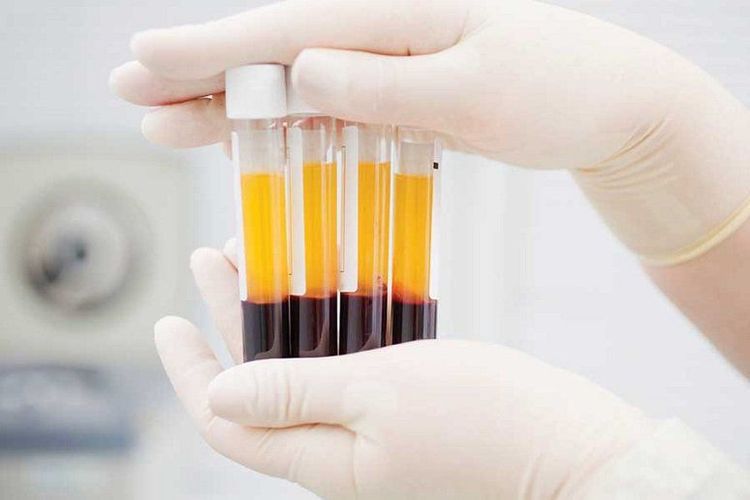
Huyết tương tươi đông lạnh ở 4 °C được truyền cho bệnh nhân rối loạn đông máu,
3.6. Precipitated fresh plasma
Plasma separated after precipitation from fresh frozen plasma may be indicated for transfusion in cases of plasma loss, hemophilia B, and vitamin K antagonist overdose.3.7. Frozen plasma
Frozen plasma is plasma separated from whole blood but separated 6 hours after blood collection and stored - 25 °C. Frozen plasma is indicated in case of plasma loss, hypovolemia.3.8. Other preparations
Granulocytes were isolated from the Buffy Coast portion and pooled from multiple donors. Indicated for patients with severe infections, agranulocytosis, and unsuccessful antibiotic therapy.Virus inactivation plasma products using chemicals, or ultraviolet light to inactivate the virus.
The appointment of blood transfusion (coagulation) must ensure correct and reasonable principles, and carefully consider each case before deciding to give blood and blood products. Accordingly, blood should only be transfused in case of necessity, lacking any component to supplement that component, minimizing the need for whole blood transfusion.
In case the patient has a reaction to a blood transfusion, the doctor will prescribe medicine before performing the next blood transfusion or will receive another blood product to help prevent the reaction.
Vinmec International General Hospital has implemented the regulation of blood transfusion in the emergency and treatment of obstetric diseases, surgery, emergency trauma,... Accordingly, the use of blood and preparations from blood follow a standard, closed and strict process to ensure maximum safety for blood recipients. In particular, the procedures for receiving, storing and assigning blood transfusions are well-trained and operated by a team of highly skilled doctors and nurses on modern machinery to provide optimal treatment results. for your customers.
Please dial HOTLINE for more information or register for an appointment HERE. Download MyVinmec app to make appointments faster and to manage your bookings easily.





